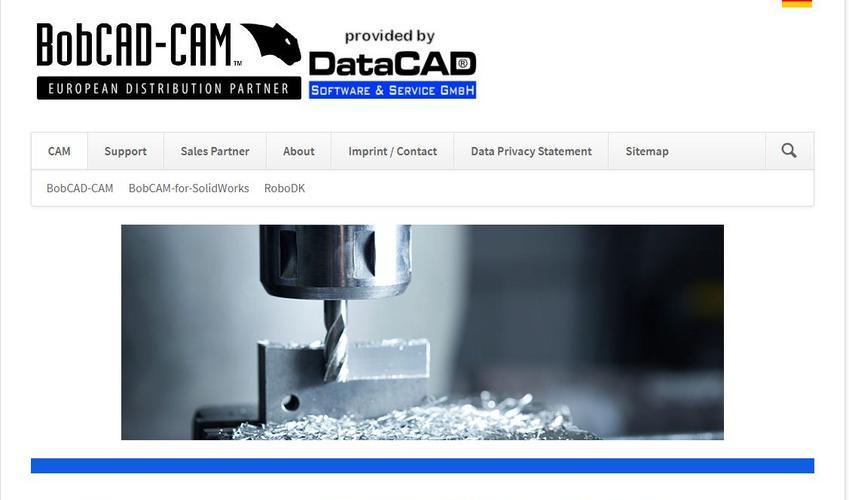

Your workflows can be run automatically in FME Server’s event-based environment. You can also generate a data validation report. In addition to checking the geometry like we talked about above, you can check the attributes using the AttributeValidator, ensure the data model complies with standards, remove duplicate features, and more. Data validationįME has an entire category of transformers for validating the quality of your data. Use one of the *Reprojector transformers to change a local coordinate system to a global one, or the CoordinateSystemSetter if there was no coordinate system to begin with. GeoreferencingĬAD is usually not georeferenced, which means you need to set or reproject the coordinate system during this conversion.
#Datacad 19 system requirements how to
Check out this tutorial, Retain CAD symbology and text in database formats, to learn how to store CAD symbology as a blob field in the GIS dataset.Ĭonvert CAD parcels and labels to GIS geometries and attributes using FME. Try this FME template for converting CAD text to GIS attributes.ĭepending on your requirements, you might want to use an attribute blob to store CAD symbology. Use the NearestNeighbor transformer to store labels on the nearest line or polygon.

The key in this translation is to preserve the CAD labels, text, blocks, dimensions, styles, and symbols by making them attributes in the output GIS dataset. Preserve CAD information as GIS attributes You can also filter the data features, say to split lines into different layers or classes based on some value.Īn important step as you transform the geometry features is to use the GeometryValidator to check for problems, like corrupt geometries, self-intersections, and null values. If lines don’t quite connect, use the Snapper transformer to snap them together. Some CAD geometries, like splines, are unsupported in GIS, so FME will need your input on how you want it to deal with these.įor example, place a LineCloser transformer to tell FME to convert CAD polylines into GIS polygons. Translating geometries from CAD to GIS is likely to need some fine-tuning. Convert parcel lines and text to Geodatabase using FME. These tutorials work with MicroStation and Esri formats, but the same principles apply to other CAD and GIS formats.īelow are a few specific challenges and how to overcome them. To fine-tune how you want FME to handle all the details, add specific transformers to your workflow.įor specific step-by-step guides, try this DGN to GDB tutorial or this DGN to SHP tutorial. For example, cells/blocks will be converted to GIS points.

Shapefile, Geodatabase, MapInfo, PostGIS, GML, Smallworld, etc.). Your FME workflow will involve three parts: a Reader to extract your CAD data, transformers to process the data, and a Writer to send the data to your GIS format of choice (e.g.

See also: Converting GIS to CAD How to Convert CAD to GIS Let’s look at how you can overcome these top CAD-GIS conversion challenges. Reproject the coordinate system from a local coordinate system to a geographic one.Avoid losing other CAD information like tags, extended entity data, and object data.Convert CAD annotations, labels, and symbology to GIS attributes.Convert complex CAD geometries and structures into GIS geometries.When you convert CAD to GIS, the challenge is in the fine details. This is because GIS is often used as a central data store that adds helpful spatial context and attributes to your CAD drawings. Converting CAD to GIS is a common requirement for enabling digital plan submissions, facilities management projects, and more.


 0 kommentar(er)
0 kommentar(er)
